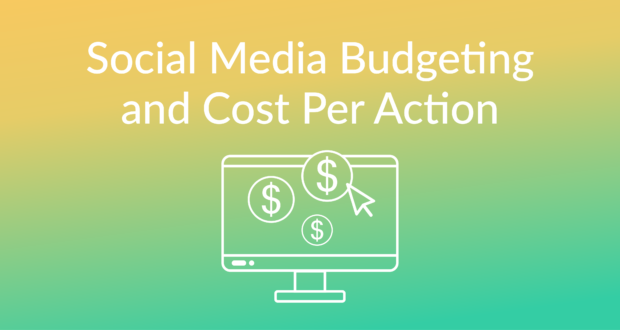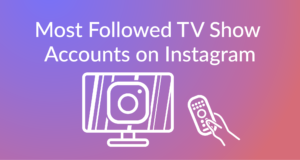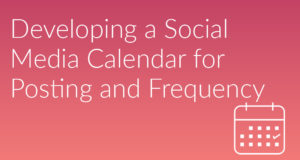In today’s digital age, businesses rely on social media to connect with their audience, boost engagement, and foster brand awareness. Figuring out how much to invest in social media marketing and understanding your return is crucial to maximizing your strategies. Let’s break down social media budgeting and the cost per action (CPA) on the most popular platforms.
Importance of Social Media Budgeting
The key to success in social media budgeting is not having the largest budget but instead establishing one that aligns with your company’s goals, target audience, and available resources. Knowing where your spending goes is crucial, whether running paid ads, partnering with influencers, or creating content properly ensures social media success.

Cost Per Action and Cost Per Click
Understanding the cost of specific actions such as clicks, conversions, and likes on different platforms will help you decide where to focus your budget. Cost per action (CPA) helps determine how much you spend on social media versus your earnings. It measures the amount paid when a consumer engages with your content. Cost per click (CPC) is the average advertisers pay each time someone clicks on their ad.

With over 3 billion monthly users, Facebook is an essential platform for brands seeking a broader market. Worldstream.com says the average cost per click (CPC) on Facebook ads is $0.60. The average CPA across industries for Facebook is $18.68. The CPC and CPA are generally moderate compared to other platforms, offering a well-rounded balance of cost and reach.
As of 2024, Instagram has roughly 2 billion monthly users, ranking it 3rd of all social media platforms worldwide. The average CPC for the platforms lies around $0.00-$0.25. This accounts for all clicks on an ad, including link clicks, likes, and shares, while CPA averages around $3.56.
Twitter (X)
Twitter ads are performance-based, meaning advertisers pay for results. The CPC on X is about $0.38. Promoted tweets cost $0.50 per action, while promoted accounts range from $2-$4 per follow.
Evaluating your brand’s spending and cost on major platforms such as these is important to determine where to allocate resources. Knowing your target audience and demographics will help guide your advertising strategy and help you choose the best platform.
Creating an Effective Budget
To create a solid budgeting plan on social media, here are some key factors to consider:
Goals
Determining your goals across social media platforms will help you better disperse spend. For example, you might invest more money into paid campaigns than awareness efforts if you want more conversions. It is also important to consider audience goals; a disconnect between the brand and the consumer will lead to lower engagement.
Content Creation
Developing unique and creative content is what makes brands stand out amid competition. Making quality content takes time, money, and resources. For example, video production costs $880 – $1200 per video. Still, due to the popularity of video content on social media and its engagement, brands should use it in their strategy regardless of the cost.
Partnerships
With the rise of influencer marketing, brands should consider budgeting appropriately for collaborations. The average influencer charges between $250 and $1000 per post, which can be costly for some. Although not essential, partnering with an influencer who aligns with your brand’s voice can help you extend your reach and boost sales.
Competitors
Monitoring your competitor’s success and strategy can help you determine how to budget your own. Look at their social media presence, the platforms they prioritize, and the campaigns they run to differentiate from your own.
Past Performance
Examine what has worked well in the past to determine the strategies you will continue using or need to spend less on. Once you are familiar with the strategies you’re continuing with, it will be easier to determine campaign and resourcing costs.

Social media budgeting is about making smart decisions with the resources available. Understanding the cost per action (CPA) and cost per click (CPC) on different platforms will help you allocate your budget to the areas with the greatest impact. By focusing on your goals, creating relevant content, and monitoring past and competitor data, you can ensure your budgeting efforts deliver real value and connect with your audience.
 Social Media Data Insights & Resources for Social Media
Social Media Data Insights & Resources for Social Media




